1. The Carson Mansion, Eureka, California
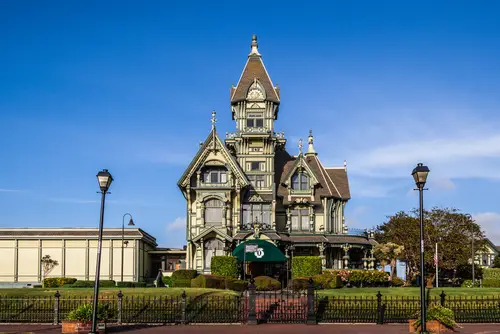
The Carson Mansion, built in 1884, is one of America’s most photographed Victorian homes. For decades, it faced potential neglect as tastes and property values shifted. Local preservationists ensured that this architectural gem was maintained in its original grandeur. Its intricate woodwork and bold design remain an iconic representation of the Queen Anne style.
Today, it is privately owned but remains a symbol of Eureka’s historical wealth. Restoration projects have preserved every ornate detail of its façade and interiors. Its survival demonstrates how community pride can safeguard local landmarks. Without those preservation efforts, this stunning example of Victorian architecture could have deteriorated beyond recognition.
2. The Old State House, Boston, Massachusetts
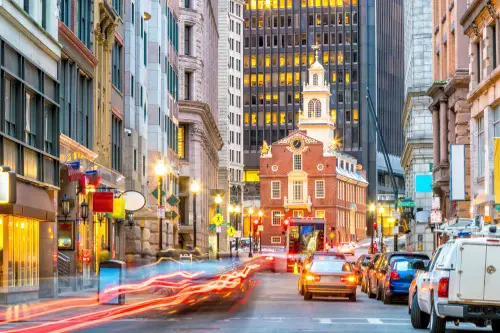
Built in 1713, the Old State House witnessed the Boston Massacre and countless colonial debates. By the late 19th century, the building was threatened with demolition due to commercial expansion. Preservationists intervened just in time, recognizing its national significance. Their efforts allowed a tangible piece of revolutionary history to survive.
Today, it houses a museum that tells the story of Boston’s revolutionary past. Its restoration includes authentic period details, from wooden beams to historic windows. Without these efforts, modern Bostonians would lack a direct link to their city’s roots. The Old State House reminds us that history can survive when people care enough to fight for it.
3. The Gamble House, Pasadena, California
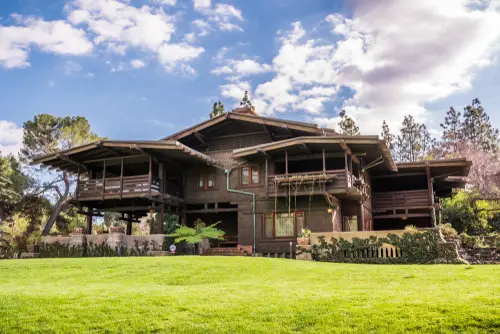
Designed by Charles and Henry Greene in 1908, the Gamble House is a masterpiece of American Arts and Crafts architecture. For decades, it faced potential demolition as the neighborhood developed. Thanks to the Gamble family’s foresight and subsequent preservation efforts, the home remains intact. Its handcrafted woodwork and unique design elements are now celebrated nationwide.
The house is meticulously maintained by the University of Southern California, allowing tours and educational programs. Every detail, from the furniture to the stained glass, reflects the original vision. This preservation has allowed modern audiences to appreciate early 20th-century craftsmanship. Without it, a key chapter of architectural innovation would have been lost.
4. The Pennsylvania Station, New York City
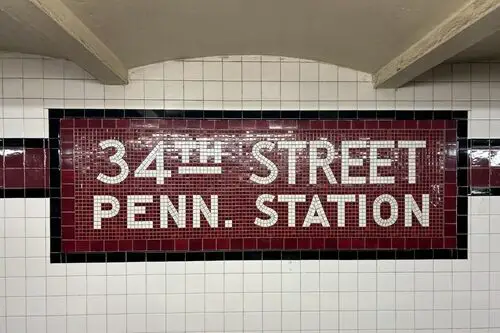
The original Penn Station, a Beaux-Arts masterpiece, faced destruction in the 1960s. Public outcry over its demolition sparked the modern historic preservation movement in America. Although the old station is gone, its legacy survives as a cautionary tale and a driver for protecting other landmarks. Advocates salvaged key architectural elements, ensuring part of its story remained visible.
The controversy surrounding Penn Station reshaped New York’s skyline policies. Preservation laws today owe a debt to the station’s fate. It serves as a constant reminder of how quickly history can disappear without vigilance. The fight to save Penn Station was not entirely successful, but it changed the preservation landscape forever.
5. The Morris-Jumel Mansion, New York City
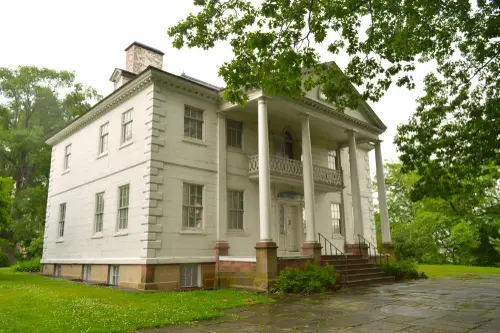
The Morris-Jumel Mansion is Manhattan’s oldest house, dating back to 1765. During the Revolutionary War, George Washington even used it as a temporary headquarters. By the 19th century, it fell into disrepair, threatening its survival. Preservationists stepped in to restore the mansion and protect it from encroaching urban development.
Today, it functions as a museum, offering a glimpse into colonial life and Revolutionary history. The mansion’s survival gives visitors a rare window into 18th-century New York architecture. Without intervention, the city might have lost its oldest tangible connection to the colonial era. Its preservation proves that even amidst skyscrapers, history can endure.
6. The Touro Synagogue, Newport, Rhode Island
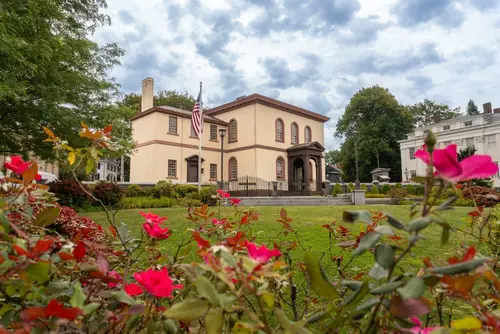
Constructed in 1763, Touro Synagogue is the oldest synagogue building still standing in the United States. Its survival was threatened over centuries due to declining congregations and structural concerns. Preservation efforts in the 19th and 20th centuries ensured its architectural and spiritual legacy remained intact. Today, it is both a functioning synagogue and a historical landmark.
The building is renowned for its colonial-era design and original interior details. Restoration projects have kept its historic charm while accommodating modern needs. It stands as a symbol of religious freedom and community resilience. Without dedicated preservationists, this cornerstone of Jewish-American history could have been lost.
7. The Old Courthouse, St. Louis, Missouri
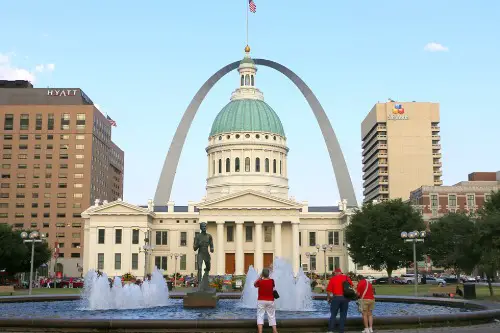
The Old Courthouse is famous for its connection to the Dred Scott case, a pivotal moment in American history. By the mid-20th century, it faced deterioration and the risk of demolition. Preservationists intervened, recognizing its national importance and architectural beauty. Today, it forms part of the Gateway Arch National Park, attracting history enthusiasts from around the world.
The building’s restoration maintained its 19th-century grandeur, from the dome to the intricate staircases. Exhibits inside now explore legal history and civil rights struggles. Its survival allows Americans to engage with the complex past of slavery and justice. Without preservation, an essential symbol of legal and social history might have been lost to time.
8. The Monticello, Charlottesville, Virginia
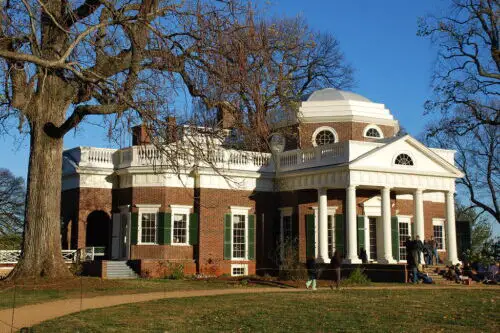
Thomas Jefferson’s Monticello is a masterpiece of neoclassical design and innovation. By the early 20th century, the home was in serious disrepair. The Thomas Jefferson Foundation stepped in, purchasing and restoring it for posterity. Today, it is a UNESCO World Heritage Site and a prime example of early American architecture.
Visitors can explore Jefferson’s inventions, gardens, and original furnishings. Every beam and brick has been carefully preserved or reconstructed. Its survival allows Americans to understand Jefferson not just as a historical figure, but as an architect and thinker. Without restoration, this iconic symbol of American ingenuity could have crumbled.
9. The Ford’s Theatre, Washington, D.C.
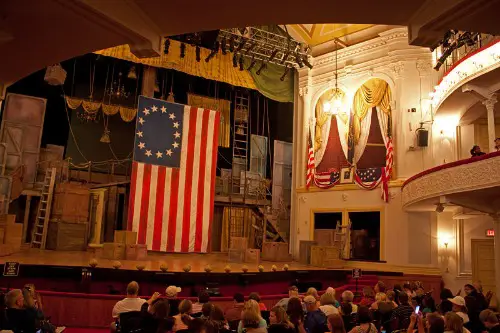
Ford’s Theatre is infamous as the site of Abraham Lincoln’s assassination in 1865. After the tragedy, it faced multiple threats, including potential demolition and conversion for commercial use. Preservation efforts in the 20th century transformed it into a working theater and museum. Today, it educates visitors while honoring Lincoln’s legacy.
The theater underwent careful restoration to maintain its 19th-century appearance. Artifacts, from Lincoln’s box to period furnishings, were preserved for historical authenticity. Its survival offers a powerful connection to one of the most critical moments in U.S. history. Without intervention, this sacred site might have been lost to redevelopment.
10. The Alamo, San Antonio, Texas
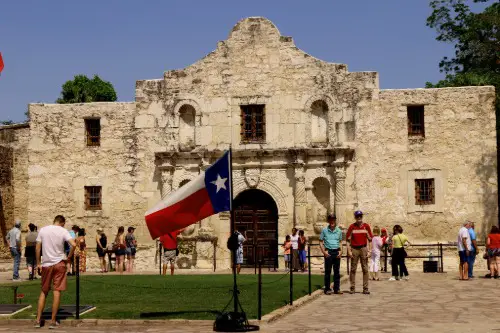
The Alamo is more than just a tourist attraction—it’s a symbol of Texas’ fight for independence. Built in the 18th century as a Spanish mission, it faced years of neglect before restoration efforts began in the 20th century. Preservationists worked tirelessly to maintain its iconic façade and crumbling walls. Without intervention, this cornerstone of American history might have vanished entirely.
By the 1920s, the structure was at risk due to urban development and weathering. Preservation campaigns rallied the local community, ensuring funds were allocated to structural stabilization. Today, visitors can step inside and feel the weight of its history. It stands as a testament to what passionate preservation can achieve.
11. The Octagon House, Washington, D.C.
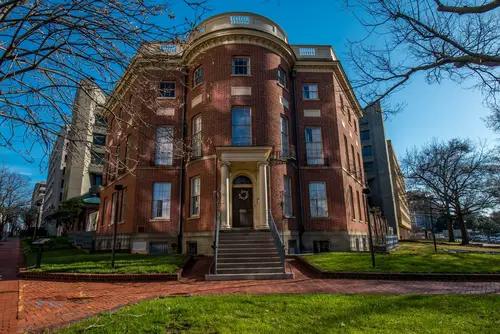
Built in 1800, the Octagon House served as temporary presidential residence after the White House was burned in 1814. By the 20th century, the house was at risk of decay and potential demolition. Historical societies rallied to restore it, ensuring the survival of its unique architecture and historical artifacts. Today, it serves as a museum dedicated to early American history.
The house features period furnishings and exhibits detailing Washington, D.C.’s early years. Its distinctive octagonal design is a rare architectural curiosity. Preservation efforts have allowed visitors to explore a tangible piece of early presidential history. Without these interventions, this one-of-a-kind home might have vanished from the capital entirely.
12. The Eastern State Penitentiary, Philadelphia, Pennsylvania
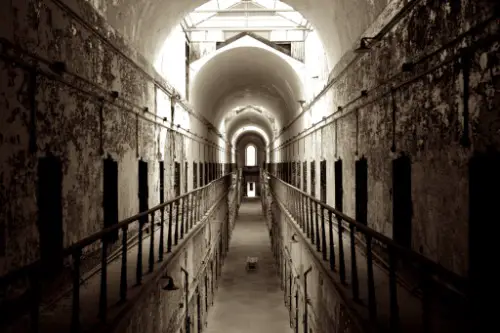
Eastern State Penitentiary opened in 1829 as a revolutionary approach to prison design. Its historic cellblocks and radial design were unique for their time. After closing in 1971, the structure faced years of neglect. Preservationists worked to stabilize and restore it, recognizing its historical and architectural significance.
Today, it operates as a museum exploring the history of incarceration in America. Visitors can wander through haunting cellblocks and learn about prison reform history. Its preservation allows for a reflection on social justice and architectural innovation. Without it, this critical piece of penal history would be lost.
13. The Gamble Plantation, Ellenton, Florida
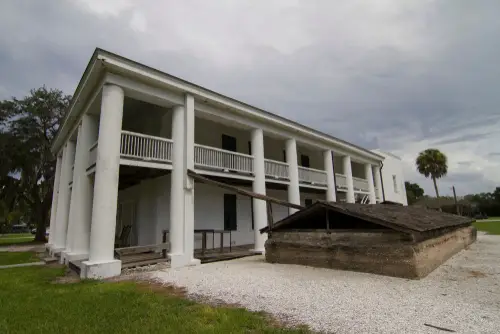
Built in the mid-19th century, the Gamble Plantation is a rare surviving example of Southern antebellum architecture. Its survival was threatened by hurricanes, development, and neglect over the decades. Preservationists stepped in to stabilize and restore the structure, safeguarding its history. Today, it educates visitors about the complex legacy of the antebellum South.
The house retains its original Greek Revival elements, from columns to interior woodwork. Its grounds and slave quarters are also preserved to provide a complete historical context. Without these efforts, an important narrative about Southern architecture and history could have been erased. The Gamble Plantation stands as a reminder that preservation is about more than buildings—it’s about memory.
This post 13 Historic Buildings That Were Miraculously Saved was first published on American Charm.


